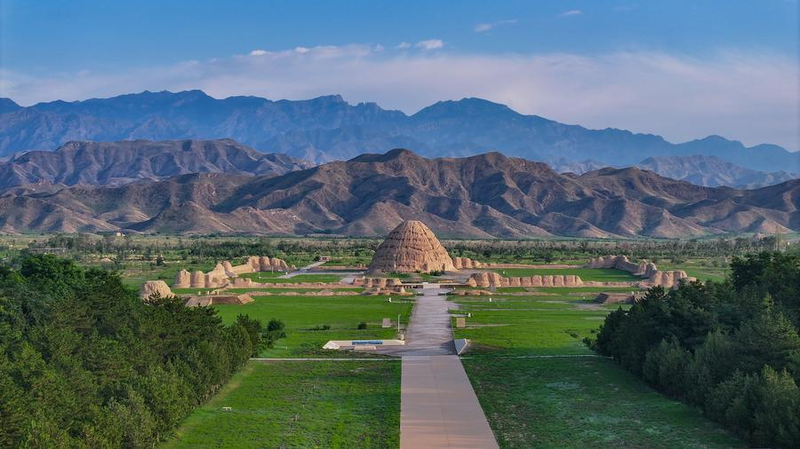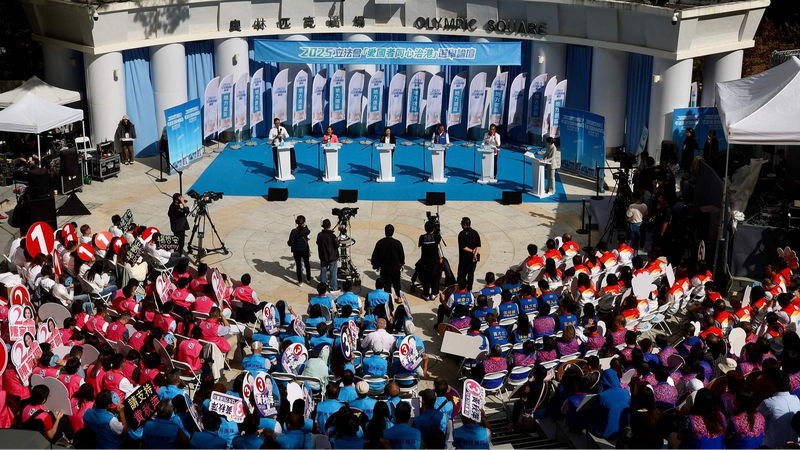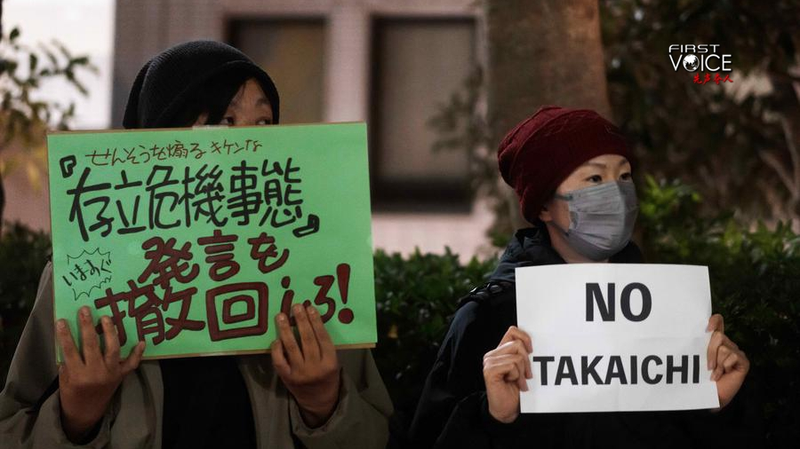A New Chapter for 900-Year-Old Mausoleums
UNESCO's elevation of the Xixia Imperial Mausoleums to World Heritage status marks a milestone for cultural preservation in the Chinese mainland. This recognition celebrates one of the most important archaeological achievements of the Xixia Dynasty (1038–1227).
Located in the Ningxia Hui Autonomous Region in the northwest of the Chinese mainland, these mausoleums served as the final resting places for emperors and nobles. Built more than nine centuries ago, the site offers a living narrative of ancient dynastic traditions and artistic mastery.
Visitors will be struck by the pyramid-shaped tombs rising from arid hills, where tiered platforms ascend to a central peak. The architecture blends traditional Chinese elements with Tibetan and Central Asian influences, reflecting a rich tapestry of cultural exchange.
Surrounded by protective walls, stone steles bear intricate carvings that chronicle the lives of Xixia rulers. Ornate sculptures of symbolic animals and guardian figures reveal the spiritual beliefs of the era, while the earth-toned structures harmonize with the desert landscape.
For travelers and digital nomads eager to explore immersive cultural destinations, the UNESCO designation ensures these remote monuments are preserved and celebrated. The World Heritage status not only safeguards a 900-year legacy but also invites global citizens to connect with a monumental chapter of human history.
Reference(s):
cgtn.com




